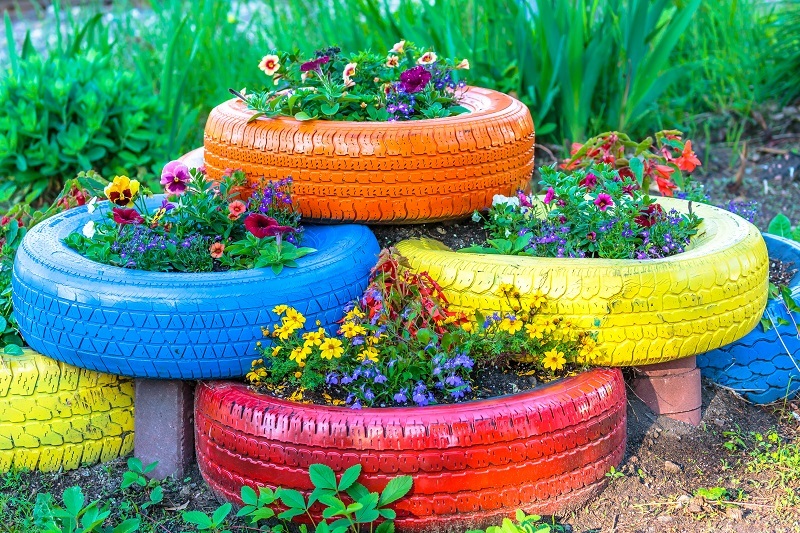Peonies are adored for their lush, full blooms and captivating fragrance. But what if you could add variety to your garden while still maintaining that enchanting aesthetic? There are several other flowers that mimic the beauty and appeal of peonies. In this article, we'll explore some top alternatives that you might find just as delightful.
Roses
Roses are often the first to come to mind when thinking about alternatives to peonies. Available in numerous colors and varieties, roses provide a similar lushness and romantic appeal. They are also versatile, whether used as a standalone in a vase or as a part of a garden bouquet.

Ranunculus
With their tightly packed petals and diverse range of colors, Ranunculus flowers offer a visual appeal that rivals peonies. These flowers are perfect for bouquets and arrangements, giving a similar sense of fullness and texture.
Garden Roses
Garden Roses, specifically David Austin Roses, closely emulate the lush beauty of peonies. They are known for their intricate petal structures and rich fragrances. These roses bloom repeatedly throughout the season, adding a constant splash of color to your garden.
Camellias
Camellias are another excellent alternative. These flowers are notable for their striking color combinations and lush, velvety petals. Known as the "Winter Rose," Camellias bloom from fall to early spring, providing an extended season of beauty.
Dahlias
Dahlias are vibrant and come in a multitude of shapes and sizes, mimicking the lush, full-bodied look of peonies. They can bloom from mid-summer until the first frost, ensuring that your garden remains vibrant for a significant portion of the year.
Hydrangeas
Hydrangeas are famed for their large, globe-like clusters of small flowers, providing a similar visual impact as peonies. These flowers can change color based on soil pH, giving an intriguing dynamic to your garden palette.
Carnations
Often overlooked, carnations offer sturdy blooms that last long both on the plant and in arrangements. They provide a similar fullness and are available in many colors, making them a versatile addition to any garden.
Tips for Growing These Flowers
When growing these peony alternatives, keep the following tips in mind:
- Soil: Ensure well-draining soil to prevent root rot.
- Sunlight: Most of these flowers require full sun for optimal growth.
- Watering: Water at the base to avoid fungal diseases.
- Spacing: Provide enough space between plants for air circulation.
- Fertilizer: Use balanced fertilizers for vibrant blooms.
Pros and Cons of Peony Alternatives
Exploring other flowers similar to peonies can have various advantages and disadvantages:
Pros
- Variety: Adds diversity to your garden.
- Extended Bloom Times: Many alternatives bloom at different times, providing year-round interest.
- Different Color Options: More color and shape options expand design possibilities.
Cons
- Specific Care Needs: Each flower type may have unique growing requirements.
- Pest Susceptibility: Some alternatives may be more prone to pests.
- Space Requirements: Certain flowers may need more room to grow effectively.

Key Takeaways
- Roses and Garden Roses offer lush, full blooms with a romantic appeal.
- Ranunculus and Dahlias bring vibrant color and texture.
- Camellias and Hydrangeas provide unique seasonal blooms and color-changing qualities.
- Carnations are versatile, long-lasting, and come in many colors.
Conclusion
If you love peonies, consider expanding your garden with these beautiful alternatives. Each offers its own unique charm and can complement the aesthetic qualities of peonies without compromising on beauty. By introducing a variety of bloom times, colors, and textures, you can maintain a visually stunning garden year-round.

